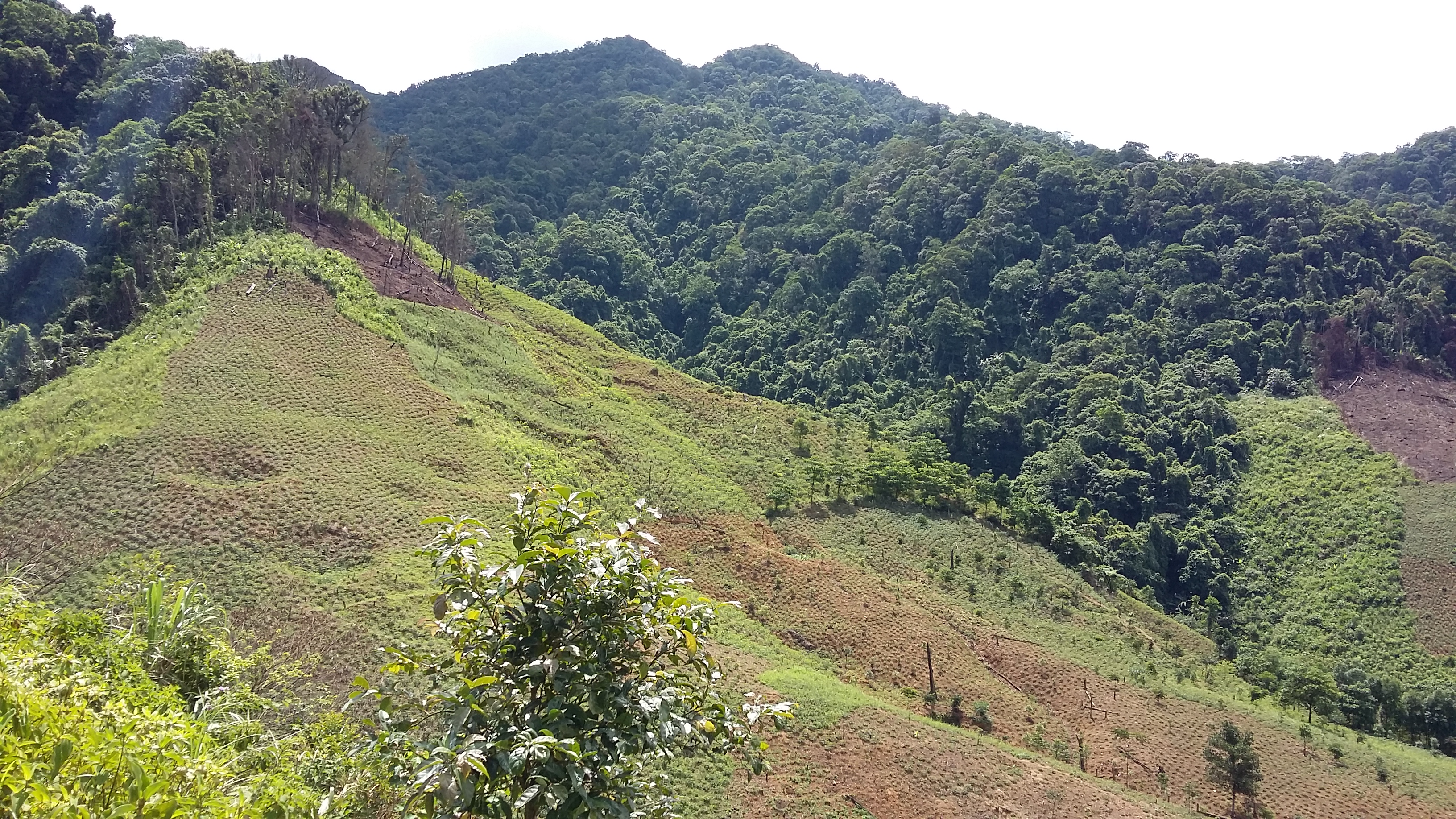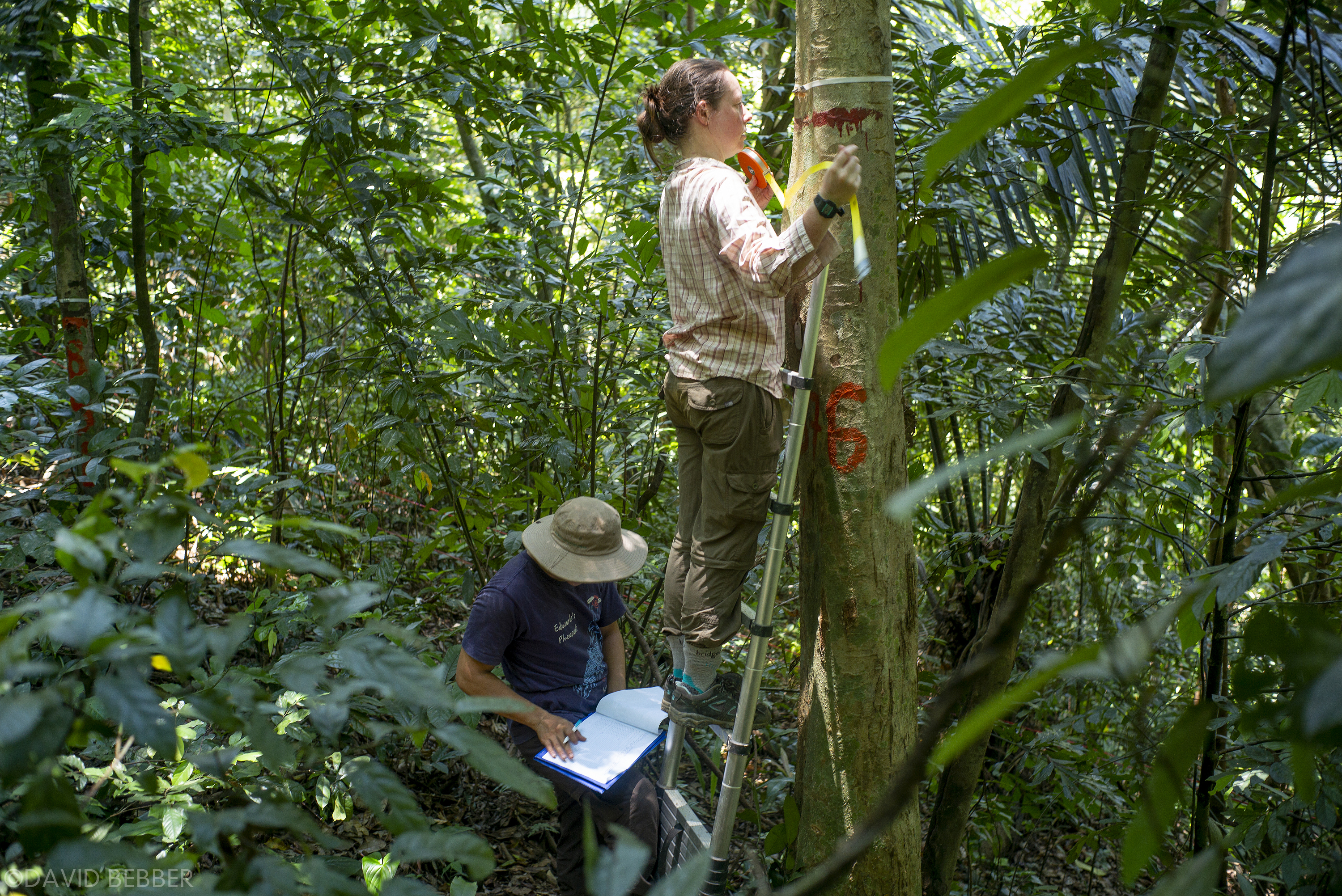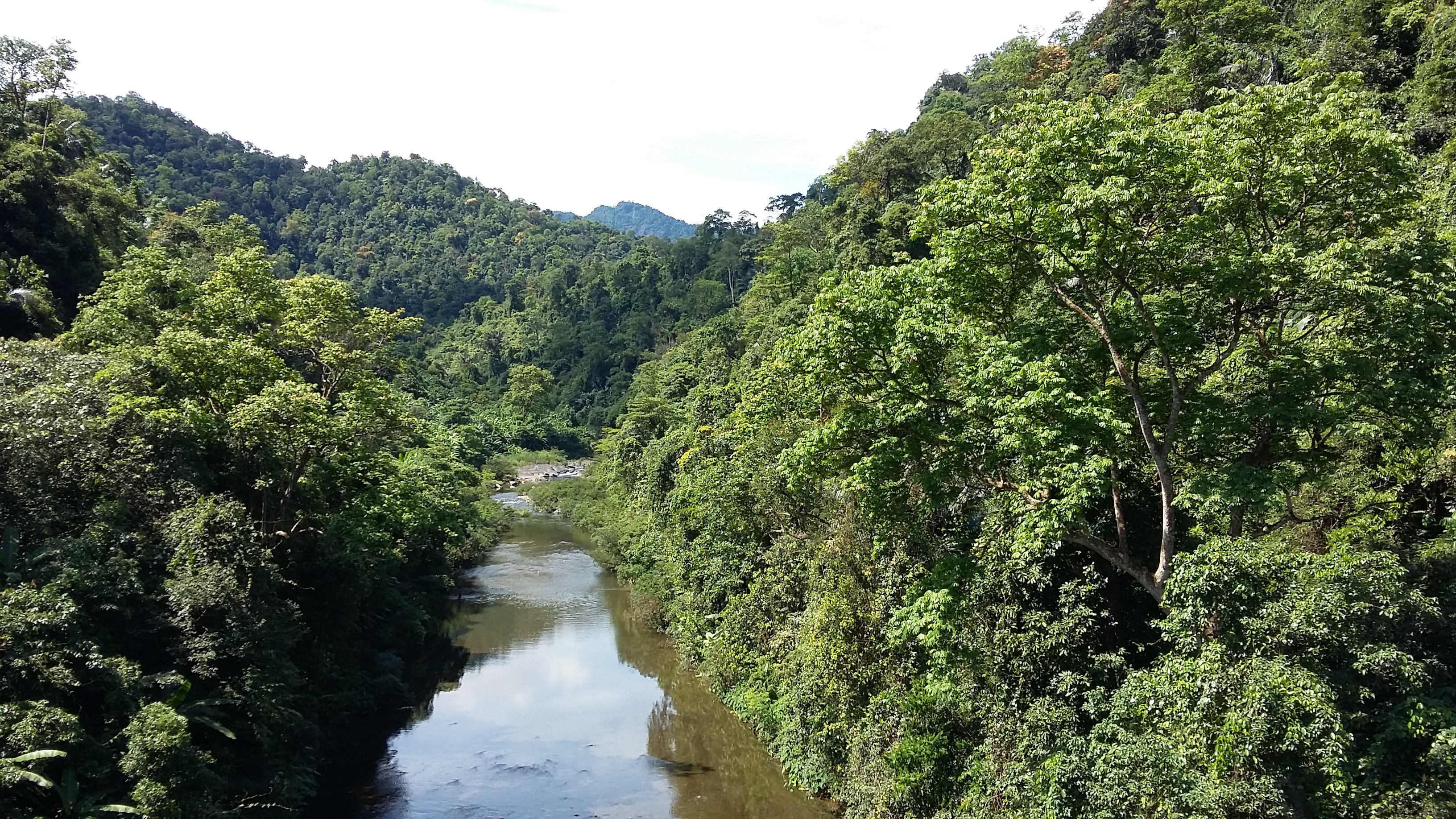Logging in Vietnam: protecting carbon stocks and livelihoods
Two new papers from researchers at the University of Leeds investigate the loss of carbon stocks in Vietnam attributed to logging, and the relationship between logging and livelihoods

Vietnam has observed decades of forest degradation attributed to logging, which is estimated to have left only 10% of Vietnam’s forests of good quality. Despite it being illegal, communities largely depend on logging for the livelihoods. REDD+, reducing emissions for deforestation and degradation, hopes to address the rate of degradation in South East Asia and prevent the decline of carbon stocks. But in order to implement REDD+, we need to understand how much logging has contributed to decline in carbon stocks and the relationship between logging and livelihoods. To address these questions, two studies were carried out in the lowland forest area of Khe Nuo Trong, in partnership with the University of York, the World Land Trust and Viet Nature.
Logging and Carbon
Without a substantial record of logging over the years, Stas et al. adopted an innovative method, combining Landsat analysis and participatory mapping, to create a proxy for historical logging intensity. The study monitored above ground carbon (AGC), deadwood, below ground carbon (BGC) and soil carbon (SOC) in 24 0.25-hectare plots of varying logging intensity to estimate the impact of logging on carbon stocks across the forest area.

Vietnam
Picture - David Bebber
Great differences in carbon storage were observed, with heavily logged forests storing approximately 50% of the AGC estimated for lightly logged forests, mainly due to the lack of large trees in those plots. Of total carbon storage, approximately 50% was found within 30cm depth of the soil. Stas et al. demonstrate the key role of logging intensity on AGC stocks. Of critical importance for conservation will be the protection of large trees, to maintain major stores of forest carbon
Logging and livelihoods
The World Land Trust, in partnership with Viet Nature, hope to address the decline of Vietnam’s forests by reducing illegal logging activity whilst improving the livelihoods of local communities. To advance our understanding of the link between forest degradation and livelihoods, Ngo et al. carried out livelihood surveys in the forest communities
The study found natural forests to be a major source of household income, contributing 28%, of which 50% came from illegal logging activity. For conservation of forests through REDD+ to be financially viable, the opportunity and set up costs need to be smaller than the price that carbon can be sold for, and lower than the opportunity costs of timber and agricultural concessions. Ngo et al. estimate the costs to the local community of preventing illegal logging at $4.10/tCO2, substantially less than the opportunity costs timber and agricultural concessions ($4.89- $55.23/tCO2). This suggests that REDD+ is financially viable in Vietnam.

The results of the two studies hope to inform local work to reduce illegal logging whilst supporting local communities by reducing their dependence on degrading activities. Further research will be carried out in 2021 to examine the increase in carbon stocks following restrictions on logging.
Read the studies in full here:
Ngo et al. 2020. The potential for REDD+ to reduce forest degradation in Vietnam.
